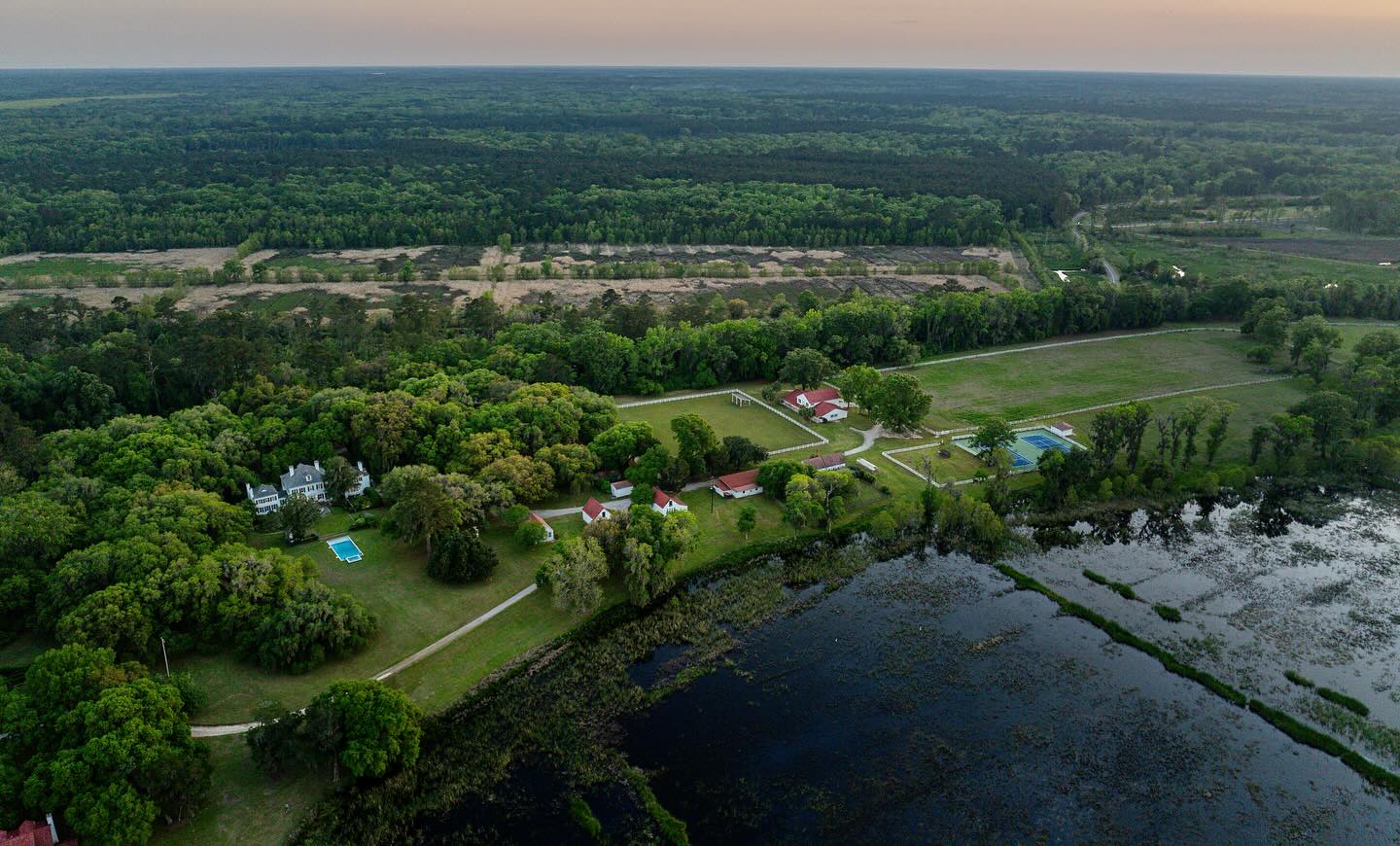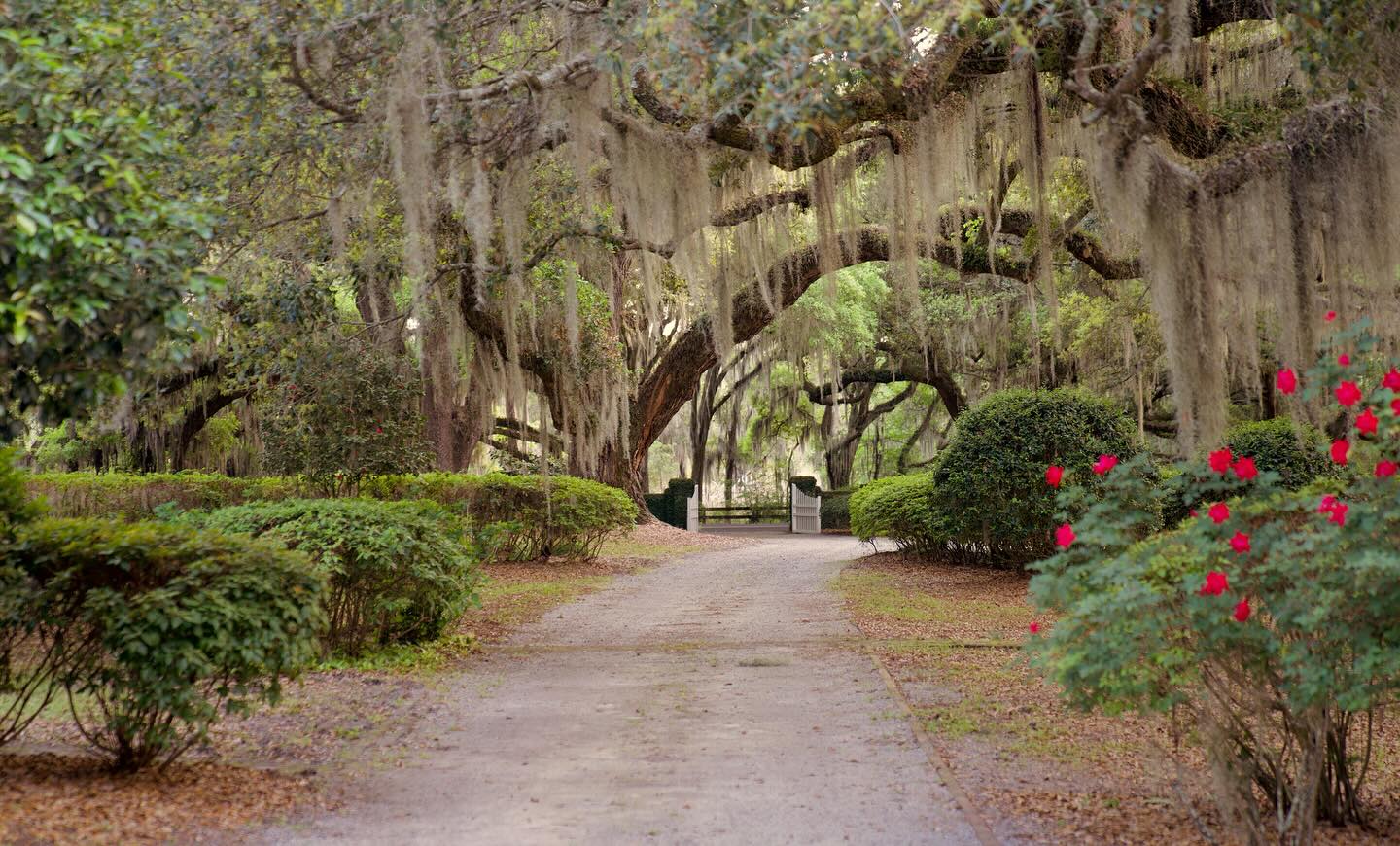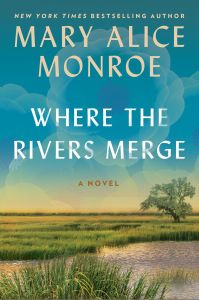The Origin of Mayfield Plantation and WHERE THE RIVERS MERGE

The southeastern coastal landscape between Charleston and Beaufort South Carolina tells a stirring story of human settlement, beginning with the rise of the great rice plantations of South Carolina. For generations, enslaved Africans and their descendants engineered and maintained an intricate system of dikes, canals, and floodgates to cultivate rice in the tidal wetlands—a system that shaped both the land and the lives entwined with it.
Over time, as rice cultivation declined and by the 20th century plantations were abandoned and the carefully constructed fields left fallow. But the legacy of that engineered landscape endured. The low-lying, seasonally flooded fields created ideal conditions for migratory waterfowl. With each change of season, waves of ducks and other birds descended on the region, turning these quiet, post-agricultural wetlands into vibrant ecological havens.
And with the ducks came the hunters. In the late 19th and 20th centuries, drawn by the abundance of waterfowl, wealthy sportsmen from the North and Southeast began to acquire former rice plantations as private hunting preserves and winter homes. They included the Guggenheim family (Medway Plantation, one of the oldest in South Carolina), the Baruch family (Hobcow Plantation), the Vanderbilt family and Laurens family. The Heyward family, one of the most prominent rice-planting families, transitioned their land over time into private estates or conservation holdings. The DuPont family acquired several Lowcountry plantations. Eugene Dupont established Nemours Plantation which later formed an important part of the ACE Basin conservation coalition, and later, the Nemours Wildlife Foundation, which inspired my novel.

My favorite was Bonny Hall Plantation. The Doubledays from New York purchased Bonny Hall, expanding its acreage and making architectural additions to the house. Deeply invested in culture and the arts, they constructed a small writer’s cottage with few windows on the property for one of the publishing house’s authors who was having a difficult time finishing his novel. That author was W. Somerset Maugham. He wrote his celebrated novel The Razor’s Edge while staying there. In my imagination, Mayfield Plantation is an amalgamation of these plantations and personal stories.
Across the acres and generations, countless stories have unfolded—tales of families striving to hold onto their land and the shifting ownership of these treasured places. Whether comeyas (those who came here) or beenyas (those who have been here), as expressed in the Gullah dialect, all share a common bond: a profound love for this unique landscape and an enduring commitment to its protection. I wanted to write this story to show why families chose to put their beloved land into conservation. These stories are the origin of my novel Where the Rivers Merge.
Learn More About Where The Rivers Merge & How To Pre-Order



